|
|
With over 45,000 plugins in the official repository, and many more on personal websites or even marketplaces such as CodeCanyon, how can you possibly increase your chances of success?
Whether you release your plugins completely free or as a part of a freemium model; or if you sell them on your own site or through CodeCanyon, the end goal is the same: get as many downloads as possible and achieve an excellent conversion rate.
Naturally, the functionality and the quality of your plugin plays an important role, but what matters more is that you reach your ideal WordPress user and get them to either download or buy your plugin.
And the best way to do that is by using clear and compelling copy in your plugin description.
By optimizing your copy, you will gain more downloads and more users who will know exactly what problem your plugin solves and how to put it to proper use.
When it comes to WordPress plugins, your readme.txt plays a crucial role. Whatever you put in it will be visible on the official plugin repository, the plugin page, and in the plugin description inside a user’s dashboard.
While the latter is a good way to help your users remember what your plugin does, it won’t help you gain more users.
But a well-written description in the repository or a marketplace can make all the difference in the number of downloads you receive.
Keep in mind that your plugin is only one among many so you need to demonstrate why yours is better than other similar plugins. That’s why it’s important to make sure your plugin page is as accurate and as detailed as possible.
A well-written description in the repository or a marketplace can make all the difference in the number of downloads you receive.
What Makes for Good Copy Anyway?
There is plenty of advice on the internet about what makes good copy. Essentially, it boils down to describing your product (in this case, your plugin) as a solution to your ideal user’s problem.
An effective piece of copy will catch the user’s attention with a hook that acknowledges the problem; provides interesting and fresh information that augments the headline; creates desire by presenting the product as the solution; and highlights the benefits to show exactly how the product solves the problem; and finally, ends with a call to action.
Effective WordPress plugin copy catches a user’s attention with a hook acknowledging a problem they face.
When it comes to plugins, the principles of writing effective copy remain the same: your copy should include a hook, a detailed description, and an FAQ/documentation section.
A short, concise hook should catch the user’s attention and it will give the users an immediate idea of what your plugin does.
A detailed description of the plugin should expand on the hook and go into more detail such as:
- an explanation of why your plugin is good
- highlights your plugin’s features
- explains how to install and use the plugin
- offers information on a commercial version or add-ons as well as lists out the differences between the free and the premium version
Finally, the FAQ section should anticipate users problems and include answers to those questions, which can reduce the number of support requests you receive.
The call to action is automatically handled for you in the official repository with the download button, but if you’re selling on a marketplace like CodeCanyon, you can include calls-to-action of your own.
For a thoroughly optimized WordPress plugin copy, you can also include a link to your website, links to other plugins you authored, a donation link, and screenshots of the plugin’s interface.
With that in mind, let’s examine how you can improve your plugin’s copy and take a look at a few examples of copy done right.
How to Write an Effective Plugin Description
Let’s break down the various components of plugin descriptions and offer up some tips for improving them:
The Short Description
The short description is what appears on the WordPress.org page that lists plugins and can be used as a hook. It gives you 150 characters to write an appealing description that will make people want to install your plugin.
Here are a few examples of a short description done right:

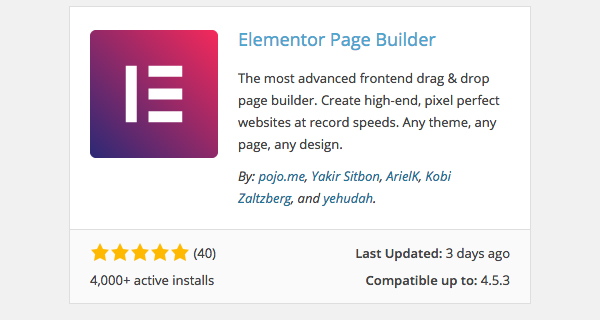
As you can see from the screenshots above, someone looking for a page builder immediately sees the benefits of using Beaver Builder or Elementor. While Beaver Builder is a well-known plugin, Elementor is a new-comer to the page builder scene and it already has more than 4000 active installs. The short description tells the user the benefit of the plugin – they can quickly create high-end pixel perfect websites using any WordPress theme. Beaver Builder, on the other hand, offers the same benefit but promises ease of use and ends with “and more” which clearly invites users to click through and see what else Beaver Builder offers.
To make your short description effective, don’t rely on the text being pulled from the long description because it might appear cut off. Stick to slightly less than 150 characters but do include the main benefit of your plugin. Omit technical details here as you can include them in the long description.
Long Description
The short description was an attention grabber, the long description is where you provide more information and create the desire. This is where you go for the “sell.”
The long description in the plugin repository is where you make your case; now’s the time to sell.
A good long description will be clear and useful. It will tell the user what the plugin does and how it works, it will outline the key features and requirements, and it will be easy to read. Thankfully, thanks to Markdown, it’s easy to make your copy readable. Break up the text into sections and lists to create a visually appealing description.
If we look at the plugins mentioned above, you can see that their long description provides plenty of details about the plugin itself, and includes additional information such as a Facebook group and the plugin’s support forum respectively, which serve as additional support channels. Both plugins include a video overview of the plugin which further demonstrates the ease of use of the respective plugins:

The difference between the two plugins is that Beaver Builder version in the official repository is a lite version of the plugin and they use their long description to effectively highlight the differences between the free and the pro version without being overly pushy.
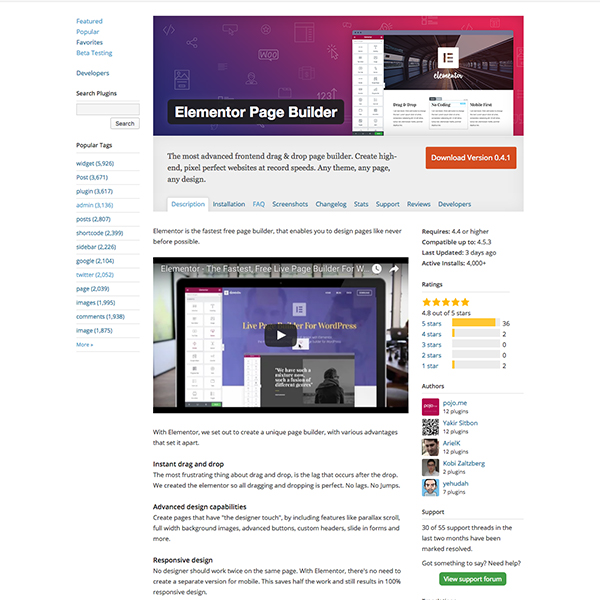
Elementor, on the other hand, is completely free and uses a section of the long description to invite others to contribute to the plugin and leave a review which is especially important for new plugins.
What’s more, both plugins provide social proof: Beaver Builder showcases user testimonials, while Elementor links to press mentions on Product Hunt.
FAQ
The FAQ (frequently asked questions) section is your opportunity to eliminate problems before they even occur. It can address user concerns immediately and you can use it in a couple of different ways. You can actually include the top 10 asked questions and provide a link to a dedicated FAQ page on your website, or you can forego including the FAQ and direct people immediately toward your site.
Installation
The installation section should include everything a user needs to get the plugin up and running correctly. Unless you have very specific requirements, it’s a good idea to leave this section brief and to the point, with steps presented logically, one after another.
Screenshots
Providing screenshots is a nice way of seeing the plugin in action and allows the users to get familiar with the user interface. Consider including screenshots that show where each setting is, and how it looks when used. Make sure to include a caption of the screenshot to explain what the particular screenshot is about.
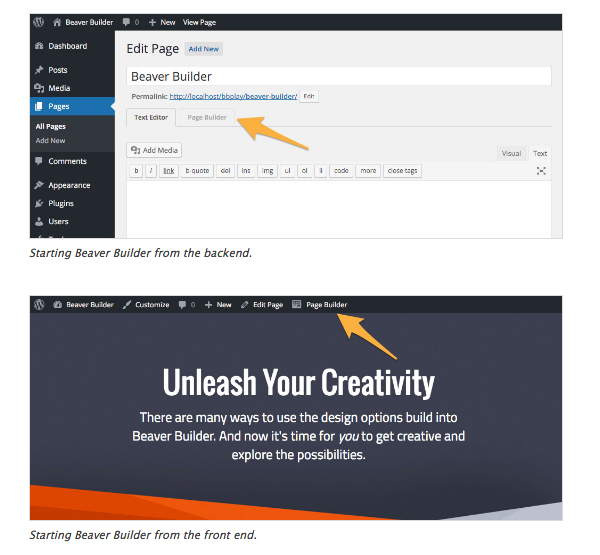
What About Marketplaces Like CodeCanyon?
So far, we’ve covered writing effective copy for the official repository. But what about marketplaces like CodeCanyon?
CodeCanyon doesn’t have the same sections as the official repository and the layout is different when you search for a particular plugin as you can see from the screenshot below:
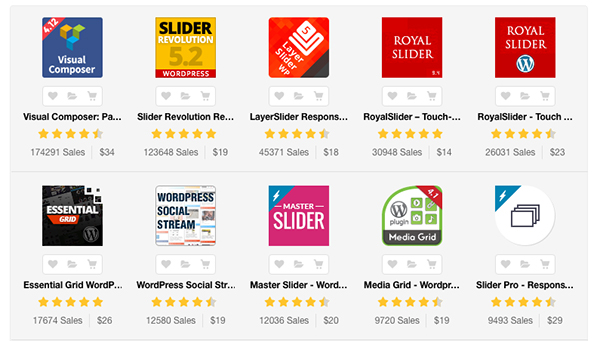
However, just because it’s different doesn’t mean that the principles mentioned above do not apply. You should still follow the same practices as outlined above and make sure you include a short and concise statement that will grab attention, then provide a detailed explanation and the reasons to choose your plugin.
ThemePunch, the authors of the best-selling slider plugin Slider Revolution, offer the following advice:
“In our experience putting the information into nicely designed graphics are a great way to catch the visitors attention. Clarity of the statements and a visual hierarchy are also really important! In-Depth feature descriptions in pure html text form make sure that the SEO aspect of the description page is not lacking.
We are regularly updating our description page to tease new feature releases and to make sure the change history of the plugin is up to date.
Our customers like that we are reacting fast to bugs and problems and are always happy to see new features and content being added to the plugin.
As our download rates have increased constantly over the past years, we think that this was due to a variety of reasons and it’s hard to say how much of that can be attributed to the description page. The description surely does play a role, and so does a clearly structured preview page, customer care and overall product quality.”
Conclusion
Writing effective WordPress plugin description copy is the best way to increase the number of downloads you get. The best part about it is that your plugin’s readme.txt can be updated as often as you like, which means you can test and experiment to find what works best for your plugin and your business goals. Take advantage of this by adding trackable URLs (like Google campaign URLs) to all links back to your website in your readme.txt and monitor the stats of your plugin’s downloads to increase your conversion rate.
Now I want to hear from you. What’s something you think is invaluable for creating high-converting WordPress plugin copy?



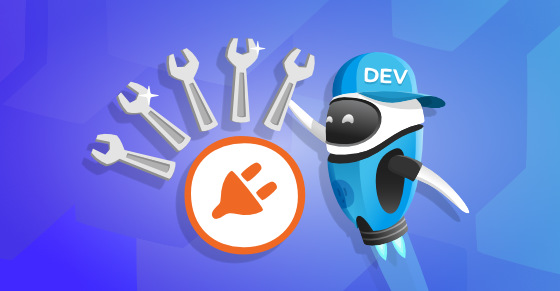

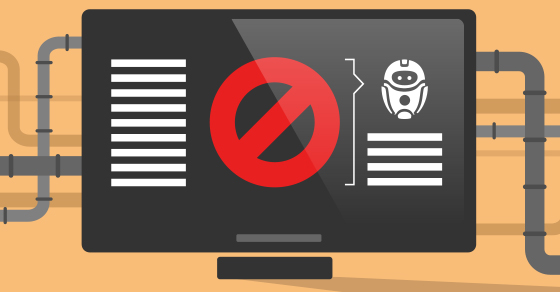
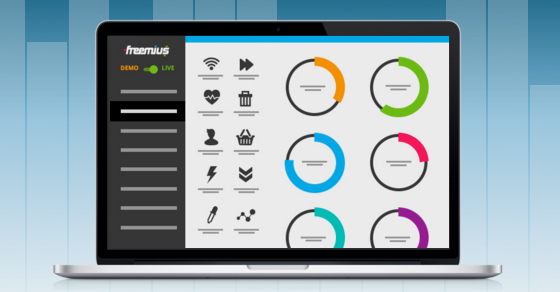

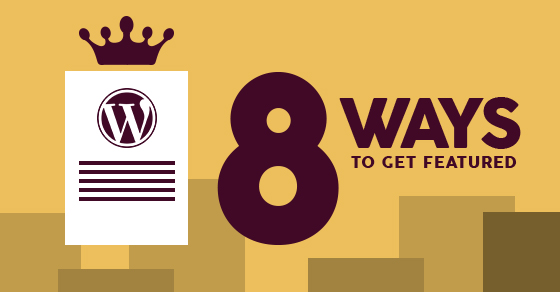
Great article. I think this is an overlooked subject, and I'm glad you have written this post to clarify the importance of the plugin copy.
I've seen a lot of plugins where you really have to be a developer to decipher what the plugin does.
My advice for the short description as well as the first line of the long description is to examine how other plugins in the category present themselves, and try to see what pain that your plugin solves. For us this was the ability to get a pixel perfect, high-end design as well as the speed of our page builder, so this is what we emphasized on the short description and the first line of the long desc.
We also came up with a very clear catchphrase of: "Any theme, any page, any design" for the launch post that was simply too good not to implement in the plugin description.
Finally, in the long description I think it is vital to continue what you started in the short description and include real yet interesting features of the plugin, so when the users first try out the plugin they'll go: "Hey, he wasn't kidding about instant drag and drop... cool.
Thanks for sharing your thought process & strategy for your plugin copy. Very useful!
Everyone install WordPress plugin after hearing good views about it but sometime they ignores very good plugin from word press library so having good lines in plugin description help getting about particular plugin
It’s also very important you embed a YouTube video shows an overview of what your plugin is capable of achieving.